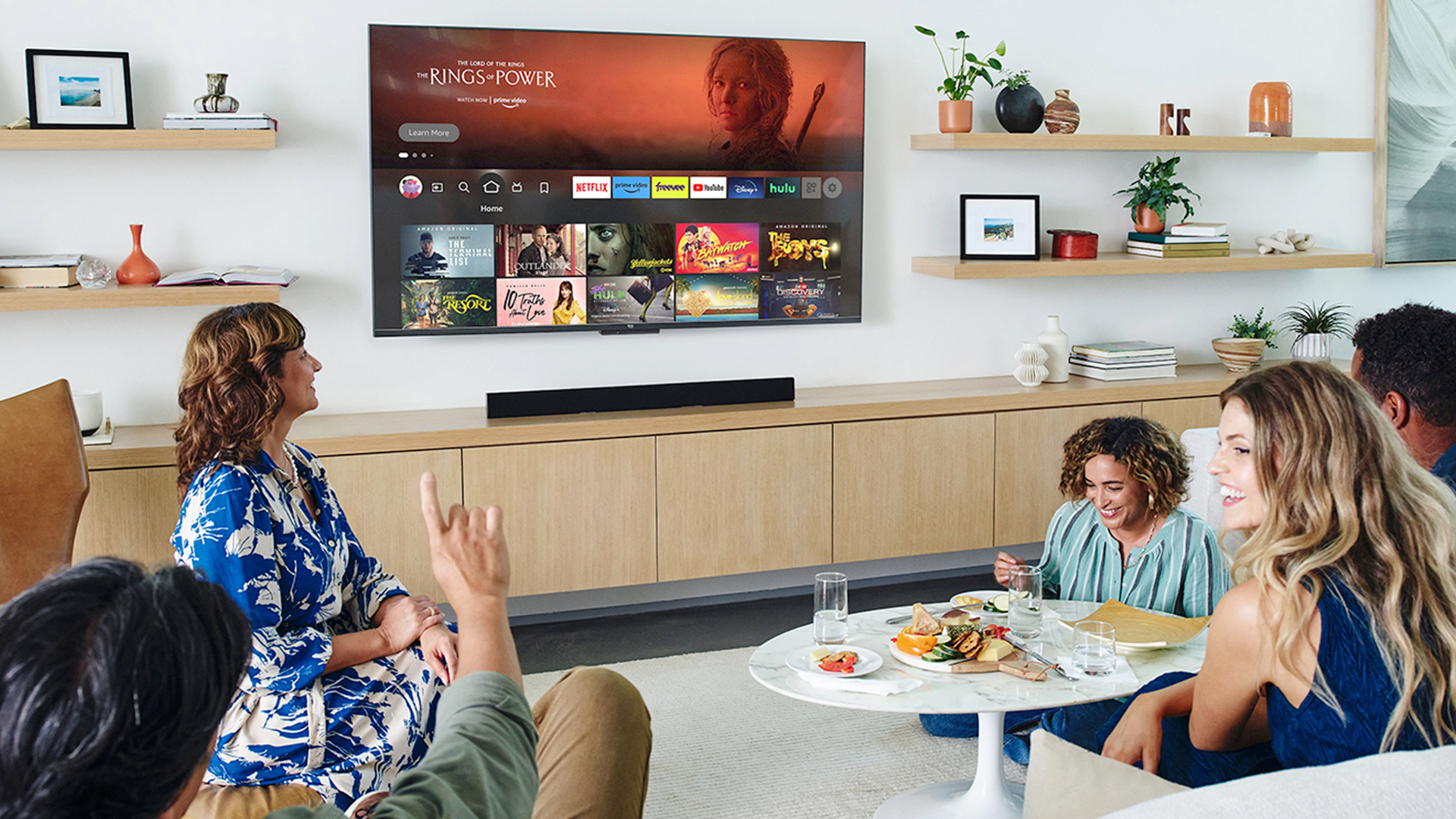Amazon has started automatically playing advertisement videos on the Fire TV as soon as people turn on the media streaming device and also when the product is in an idle state. The news comes directly from the owners of the Fire TV products on Reddit, who are quite furious about the change as it impacts the user experience of the product in a big way.
According to them, the media streaming device starts playing advertisement videos automatically without any input from them, which enables Fire TV to turn their televisions into full-time billboards. Considering that the latest change arrived without any update to the firmware of the Fire TV, it looks like Amazon implemented it as an update to the server.
You can stop Fire TV from doing so
Fortunately, people can stop Fire TV from automatically playing advertisement videos when the product is turned on and when it is in an idle state by going to the product’s setting and turning off the Auto Play feature (for audio and video) as well as Personalized Ads. That being said, they shouldn’t have to go through all this in the first place because Amazon didn’t tell them that they would have to go through such shenanigans when they were purchasing the product.
Earlier this month, a report suggested that Amazon is planning to increase the number of advertisements on Fire TV products to increase revenue from software and compensate for the decline in revenue from hardware. The latest change to advertisements on the Fire TV seems to be a direct result of that plan. It’s not just Amazon that is automatically playing advertisement videos on its media streaming devices. Recently, Google and Roku have also started doing the same.
Author’s Note: People aren’t liking the fact that they are being forced to watch ads even after paying the full amount of money for the hardware. Brands could launch an ad-supported version of such products at a lower price and an ad-free version at a higher price to solve the issue. With this approach, people who don’t want to spend a lot of money upfront can go for an ad-supported version of the hardware and others can choose the ad-free version. But that’s unlikely to happen without a strong push from consumers.







